Closed Loop Glycol Heating System
Closed loop glycol heating system. The glycol in a system does not protect any metal from corrosion. The fluid in a closed system is re-circulated around and around in a completely closed loop. The first step in setting up a glycol cooling system is to establish a glycol chiller in a closed loop system.
Does The Glycol Protect The Metal In My Systems. Burst protection and freeze protection Burst protection is sufficient if the system will remain dormant or inactive when the temperature drops below freezing and there is adequate space to accommodate the expansion of an iceslush mixture. If your system has an external heat exchanger you will need an additional circulating pump on the water side of the heat exchanger.
This is known as charging the system. To determine the percentage of glycol in your closed loop system test the water with a refractometer. Using a mixture of 70 water and 30 glycol your system will be frost-free up to -12 degrees Celsius.
The process of filling the plumbing system with this antifreeze while purging all the air out must be done systematically and in the right order. Too much glycol will therefore increase energy costs as the system works harder to accomplish the desired heating or cooling. This is why car manufacturers recommend glycol changeout after 60000 miles and every 30000 miles thereafter.
There is no connection whatsoever to the domestic water supply. Method 1 System Flow Rate System Flow x 10 recommended housing flow rate Example 120 GPM X 10 12 GPM Choose a filter housing flow rate 12 GPM. A closed system circulates the same fluid around and around and is completely separate from the domestic water supply.
Fill system with domestic water establish circulation and heat system contents to a temperature of 60C. It carries this heat to a heat exchanger in the hot water cylinder where the heat is transferred to the water. Glycol has antifreeze properties that protect coils in a closed circuit cooler from potential freezing during winter operation in northern climates.
Start by flushing and filling the system to rid of air. The pump will not oxydize nor does it have to have a high head preasure needed in a drain back system to lift the water up to the collectors.
Blend in prepared concentrated cleaning solution for removal of deposits etc establish circulation and maintain system temperature at.
Using too much glycol reduces the amount of heat the system can hold thereby decreasing efficiency and increasing energy costs as the closed loop system struggles to properly cool or heat. Closed loop systems use a heat-transfer fluid to collect heat and a heat exchanger to transfer the heat to household water. The main advantage to this system lies in the fact that being closed anti-freeze instead of water can be used as the heat transfer medium. Does The Glycol Protect The Metal In My Systems. In the case of the closed-loop solar heating system the HTF is typically a mixture of water and propylene glycol. Such a swap cannot be done in a facilitys closed loop however. Method 1 System Flow Rate System Flow x 10 recommended housing flow rate Example 120 GPM X 10 12 GPM Choose a filter housing flow rate 12 GPM. This is known as charging the system. A closed loop system uses a low head centrifugal circulating pump with a cast iron stainless steel or bronze body and is able to pump at least 05 to 1 gpm 24 lpm for each 4 by 8 foot 12 x 24 m collector.
A chiller is a type of refrigeration system that cools a tub of glycol to reduce its temperature. The main advantage to this system lies in the fact that being closed anti-freeze instead of water can be used as the heat transfer medium. There are two basic types of glycol protection available for your closed-loop HVAC system. Blend in prepared concentrated cleaning solution for removal of deposits etc establish circulation and maintain system temperature at. Since glycol has a lower specific heat than water higher concentrations of glycol in your closed loop water will reduce the heat carrying capacity of the system. This is known as charging the system. Glycol Is Pumped Through A Closed Loop System.

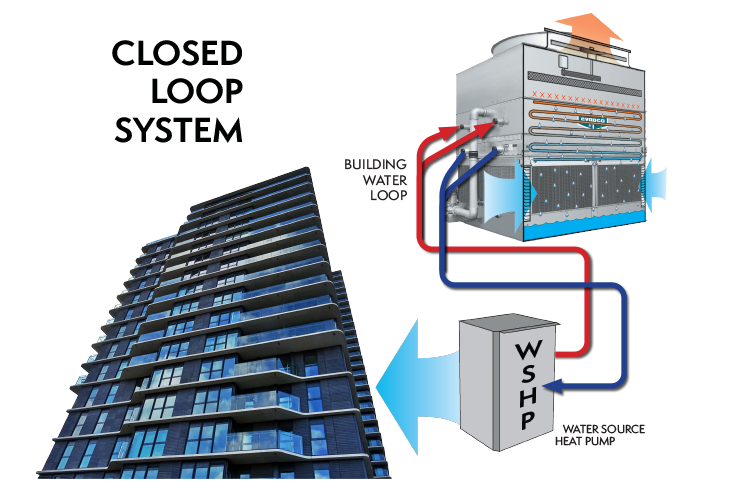

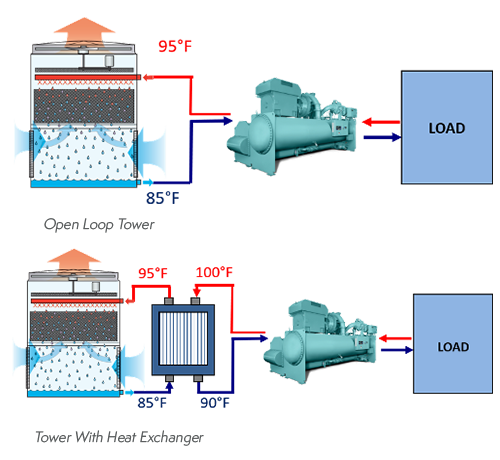
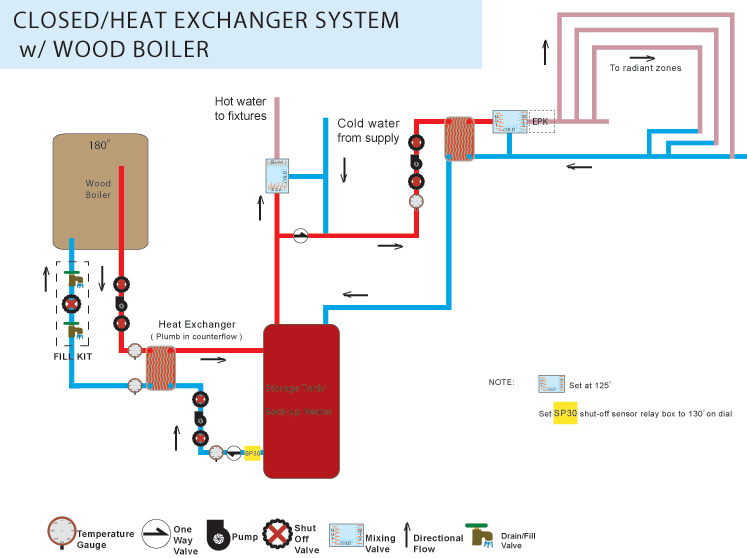
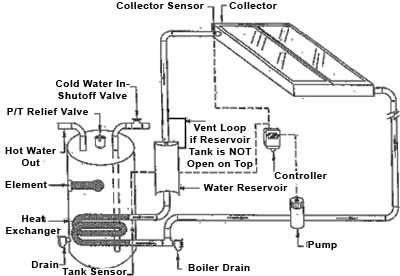
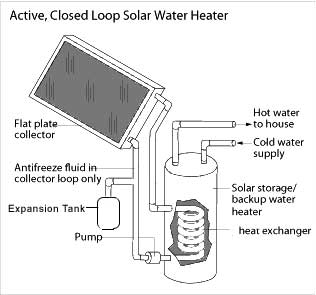
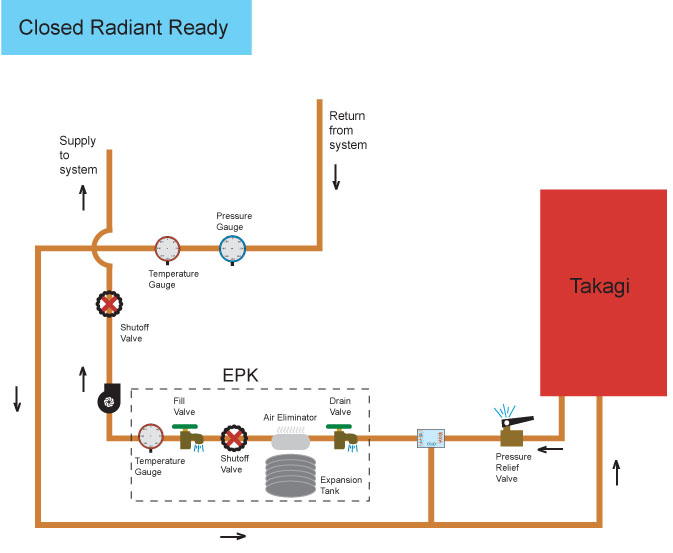


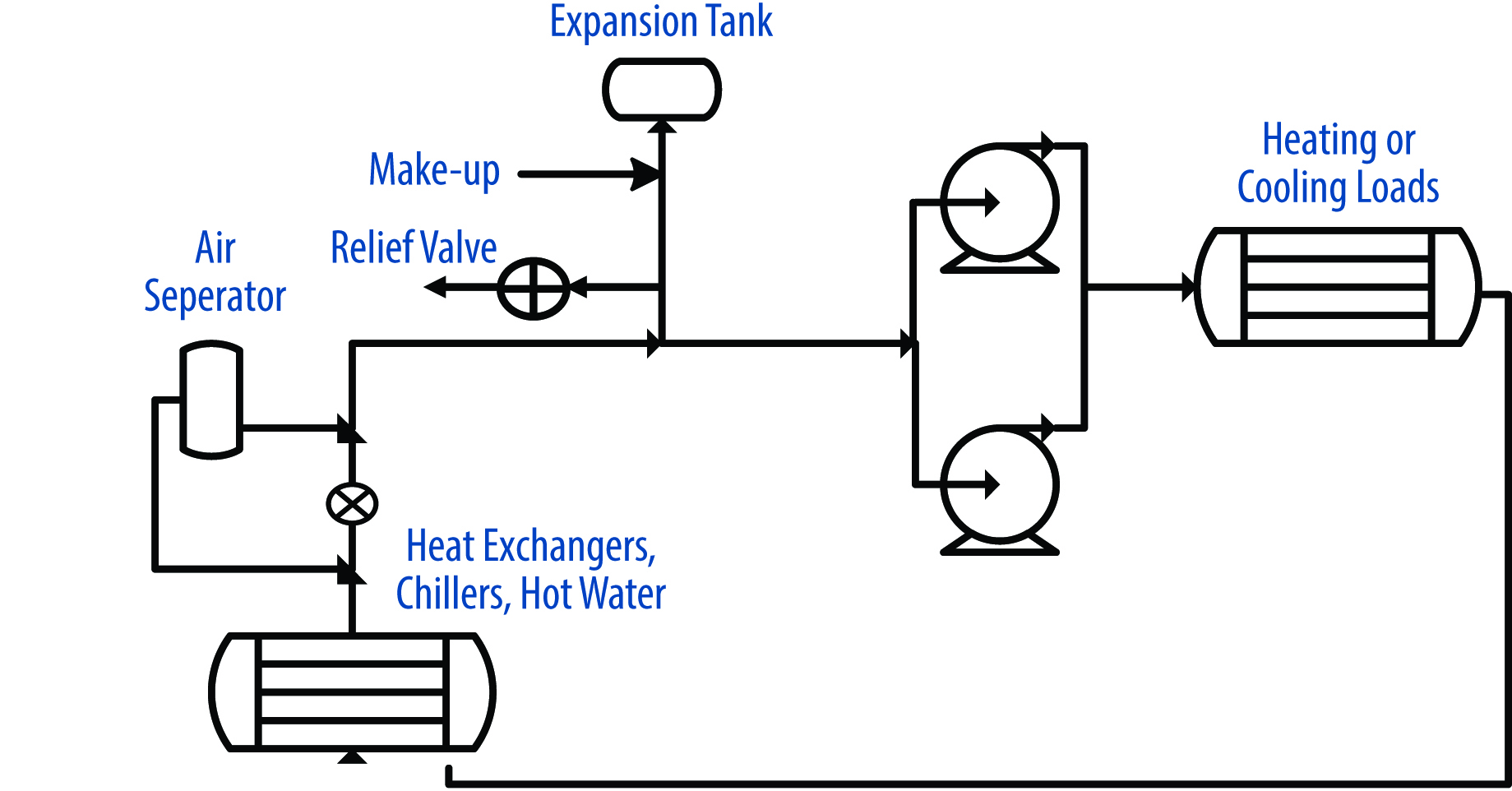
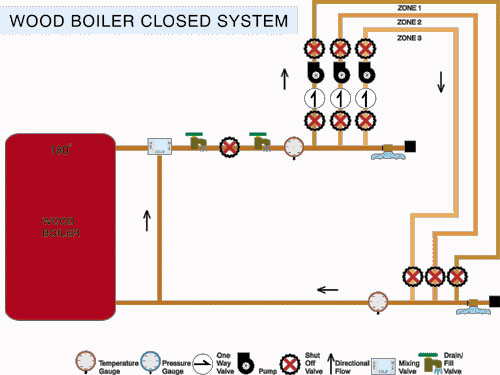

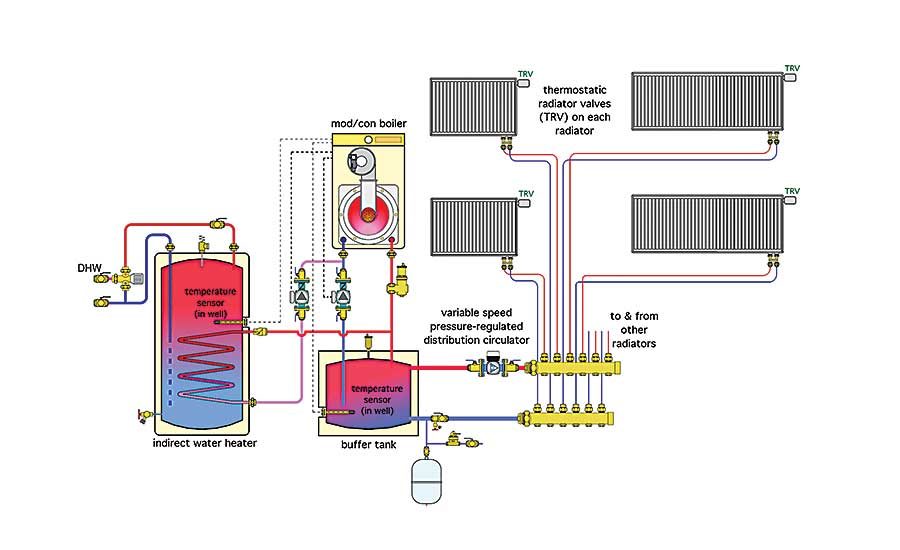




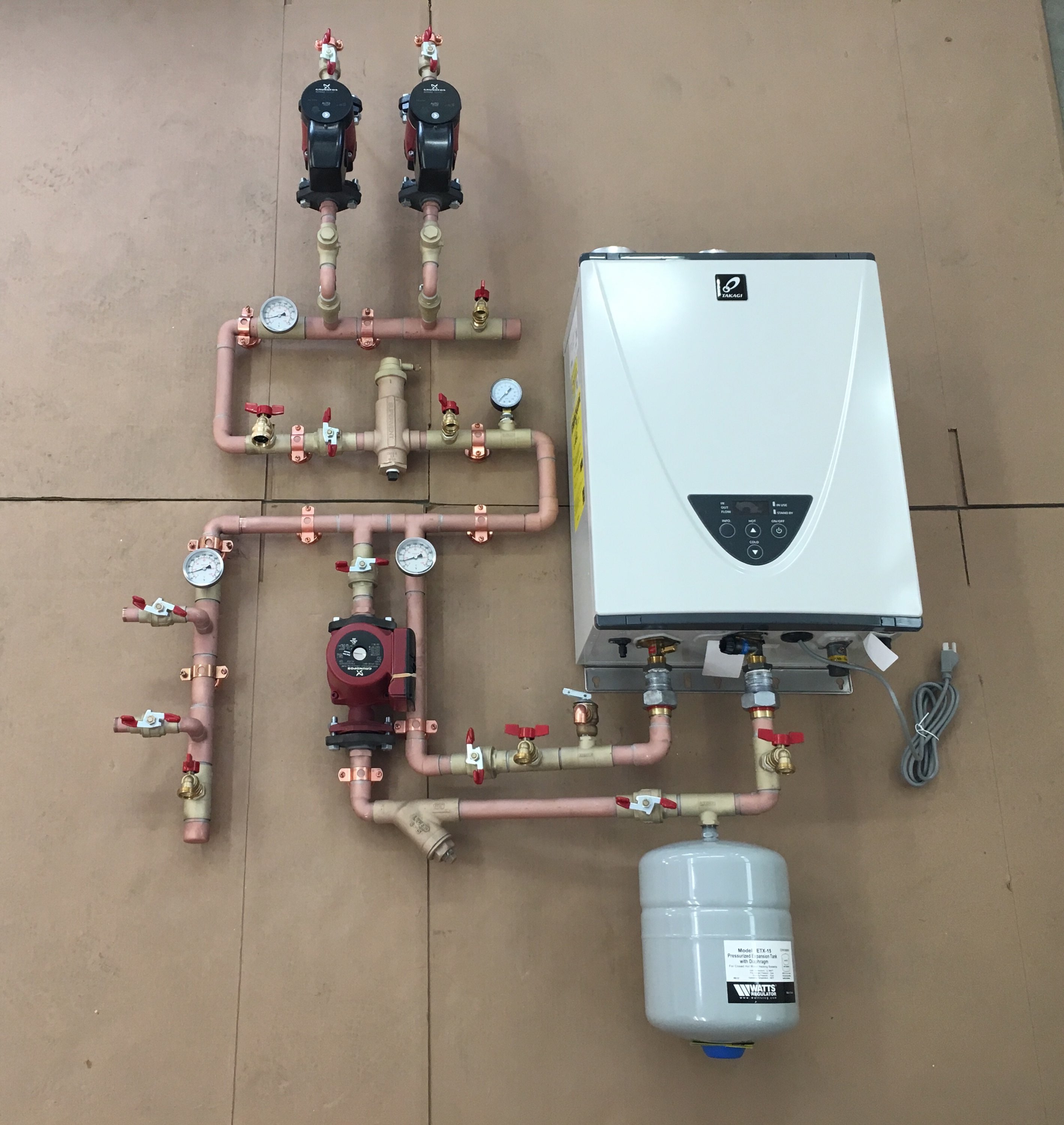

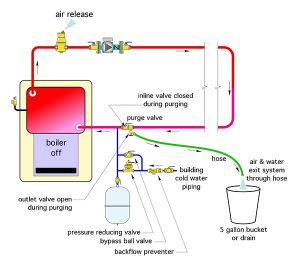

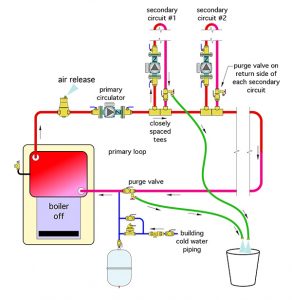
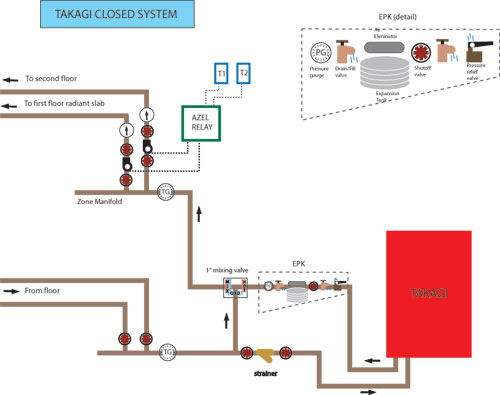



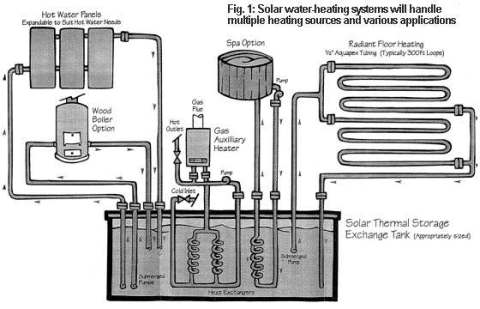


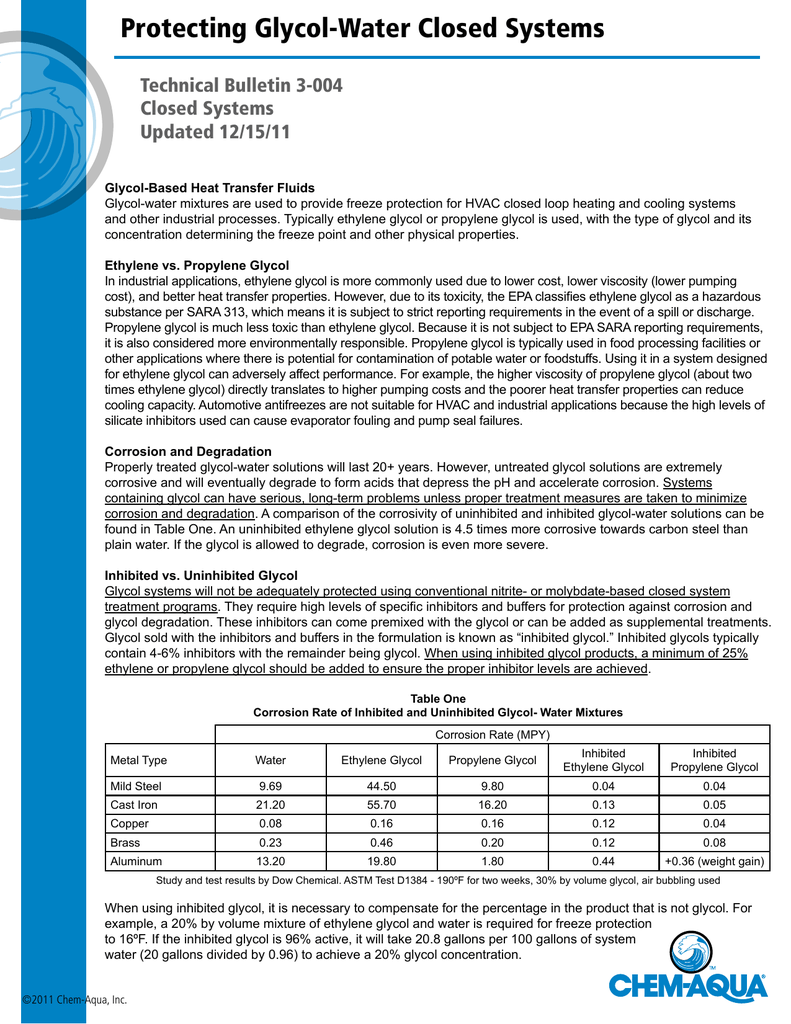
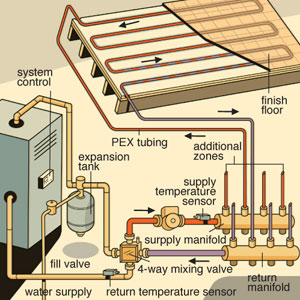
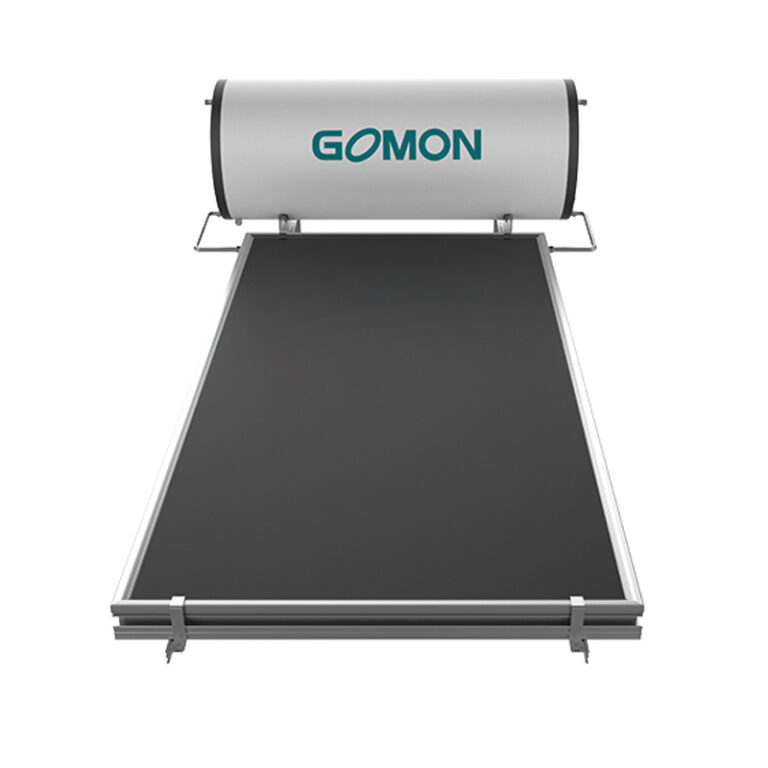

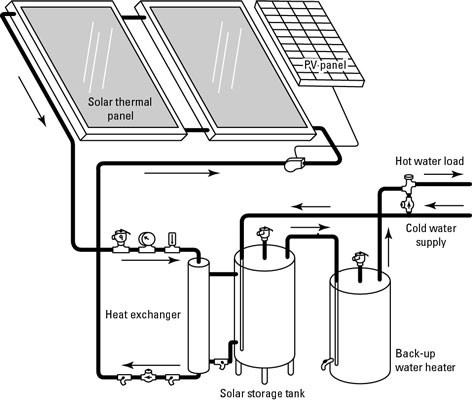



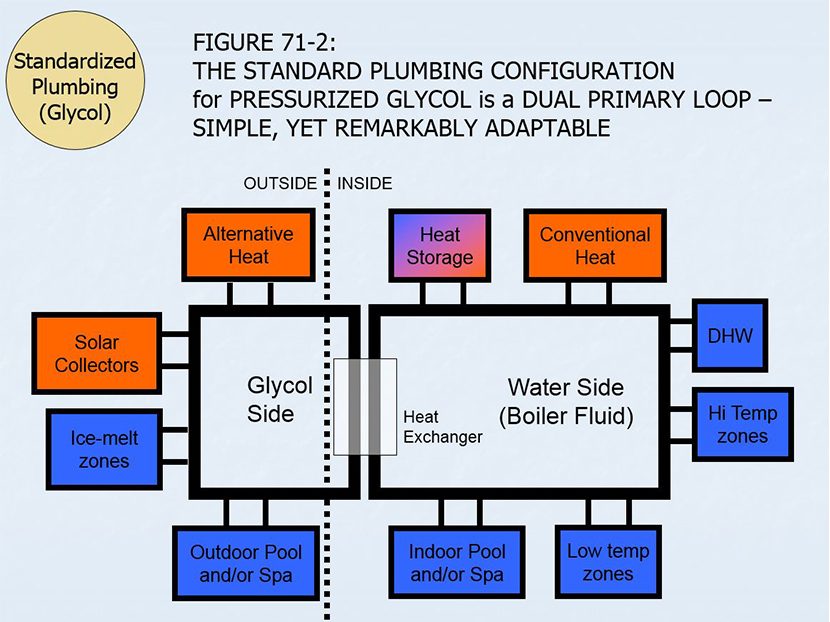
Post a Comment for "Closed Loop Glycol Heating System"